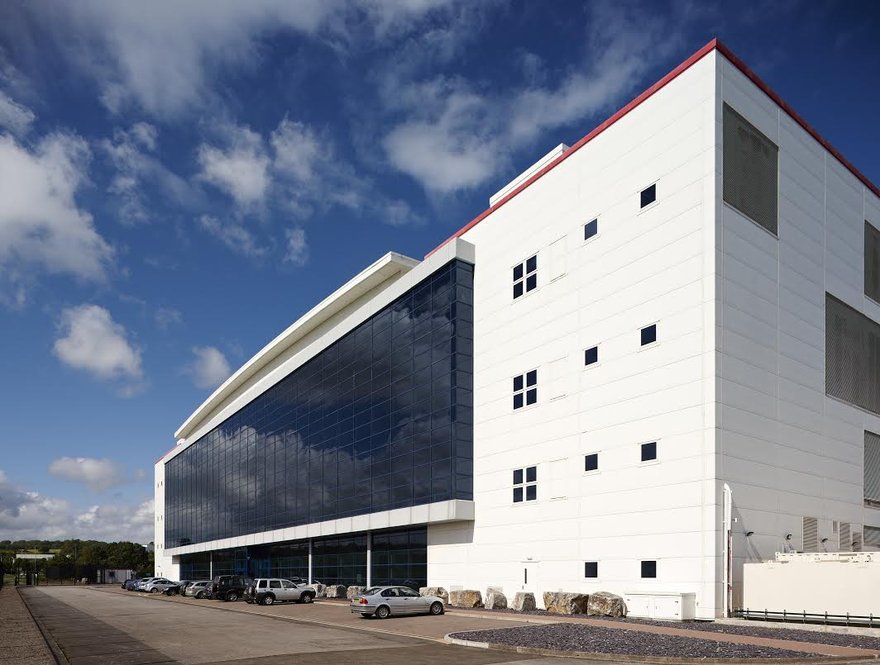NGD has hit back at critics of its claim to have achieved a PUE of 1.0, saying that the marketing tactic is bringing in new customers.
The Welsh data center, which has used only renewable energy at its Newport site since 2010, claimed to offer a perfect 1.0 score for power usage effectiveness (PUE) last week, provoking outrage from data center watchers. NGD CEO has responded, saying the score for "contractual PUE" may offend purists, but is proving a hit with potential customers for its Newport site.
Lay off my PUE?
"It appears that NGD has committed the greatest crime possible in Data Centre terms," said NGD CEO Nick Razey, in Datacenter Dynamics' LinkedIn group. "No we haven't had a power outage. No we haven't had a security breach. No we haven't broken any SLAs at all. Our heinous crime is to diss the almighty PUE."
NGD is running an efficient site, with a PUE of 1.18, but PUE is defined as the total power used by the site, divided by the power that reaches the IT racks, which can only equal zero when no power is consumed in any other part of the building.
NGD has installed a solar array on the its large flat roof, and calculated that over a year this will produce enough energy to offset the energy used in the whole building apart from the IT equipment. This led to its claim to offer "contractual PUE" of 1.0, which Razey explains: "Our press release says 'PUE - PV = 1.0'. By this we mean our actual technical PUE is offset by the solar energy (the PV) to give a 'contractual' PUE of 1.0."
The word "contractual" doesn't feature in NGD's headlines or on its stand at the DCD Converged event in London last week. But Razey explains further: "'What's a contractual PUE?' I hear the technical purists huff. It's when an honest company contracts to deliver a PUE of 1.0. That is, the customer will not be charged for anything other than IT power. In principle someone could take our formula and offer less than 1.0."
Professor Ian Bitterlin, CTo of Emerson Network Power, criticized NGD on LinkedIn and on this site, saying: "The misinterpretation of PUE is, I hope, deliberate as they have simply ignored to include all the input power."
The debate is a clash between marketing and engineering, and Razey is unrepentant: "Don't forget it is costing us to do this. We are investing seven figures in this solar array - you don't get something for nothing. We are passing on 1m kWh of free energy to our customers. Obviously we hope to sell more data centre space and I don't apologise for that.
"We have been inundated by enquiries ever since DCD," said Razey. "So while I have the greatest respect for Mr. Bitterlin's technical knowledge I won't be going to him for Marketing and PR advice."
The discussion is essentially a debate between sales and engineering, with supporters of pure PUE lamenmting its apparent use in marketing. But others point to the difficulty of any attempt to sum up efficiency in one figure: "PUE is a crooked yard stick, with many short comings," says one contributor.

